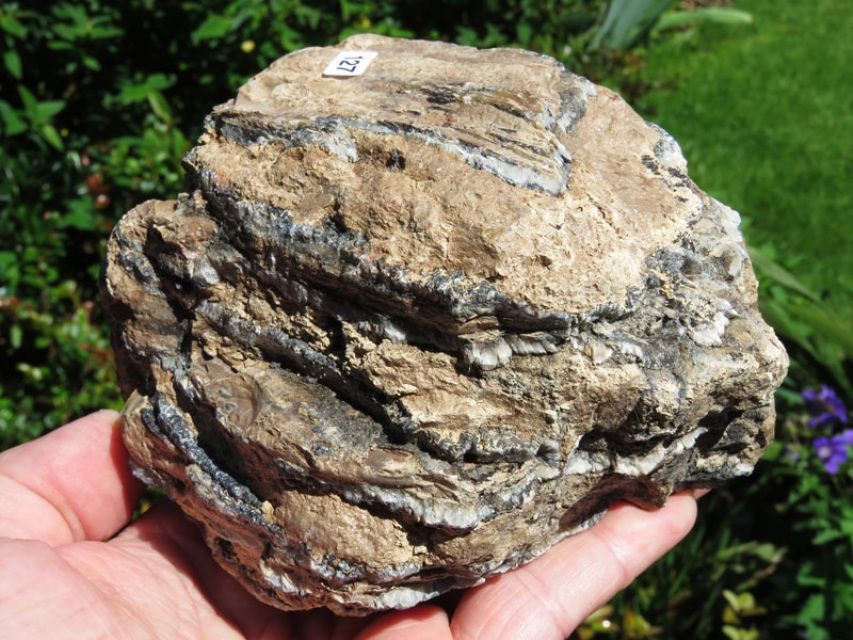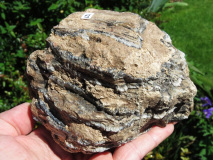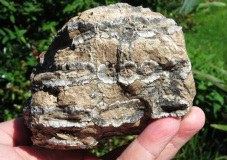- Meridionalis Teeth larger
- >
- Meridionalis Mammoth 127
Meridionalis Mammoth 127
Size: See photo for scale - contact us for more details
Mammuthus meridionalis. These teeth are very uncommon and are ideal for the collector who already has a North Sea or Russian Mammoth tooth and wants to compliment their collection with a rarer species of the Mammoth. All have been treated with a special hardener to preserve the teeth.
Inland European Southern Mammoth fossils. Found in the Donau river gravel deposits. These are solid teeth from Caves and river deposits and are heavily mineralised, and better preserved than North Sea finds. They are also not as common.
Dated to the Pleistocene, Novi Sad / Donau River / Serbia 2.5 - 1.5 Million years old (Gelasian) It weighed 8-10 tonnes. Height; 4 metres high at the shoulder. Lived during the Late Pliocene to Early Pleistocene times.
With a height of about 4 m. (13 ft) and estimated weight of 8 to 10 tons, M. meridionalis is one of the largest proboscideans to have ever lived, along with other larger species of mammoth, and the earlier Deinotherium. It had robust twisted tusk, common of mammoths. Its molars had low crowns and a small number of thick enamel ridges, adapted to a woodland diet of leaves and shrubs; this indicates it lived on a relatively warm climate which makes more probable that it lacked dense fur.
These are Older than the North sea Mammoths, a species called M. primigenius that came later in the evolution of the Mammoth.



